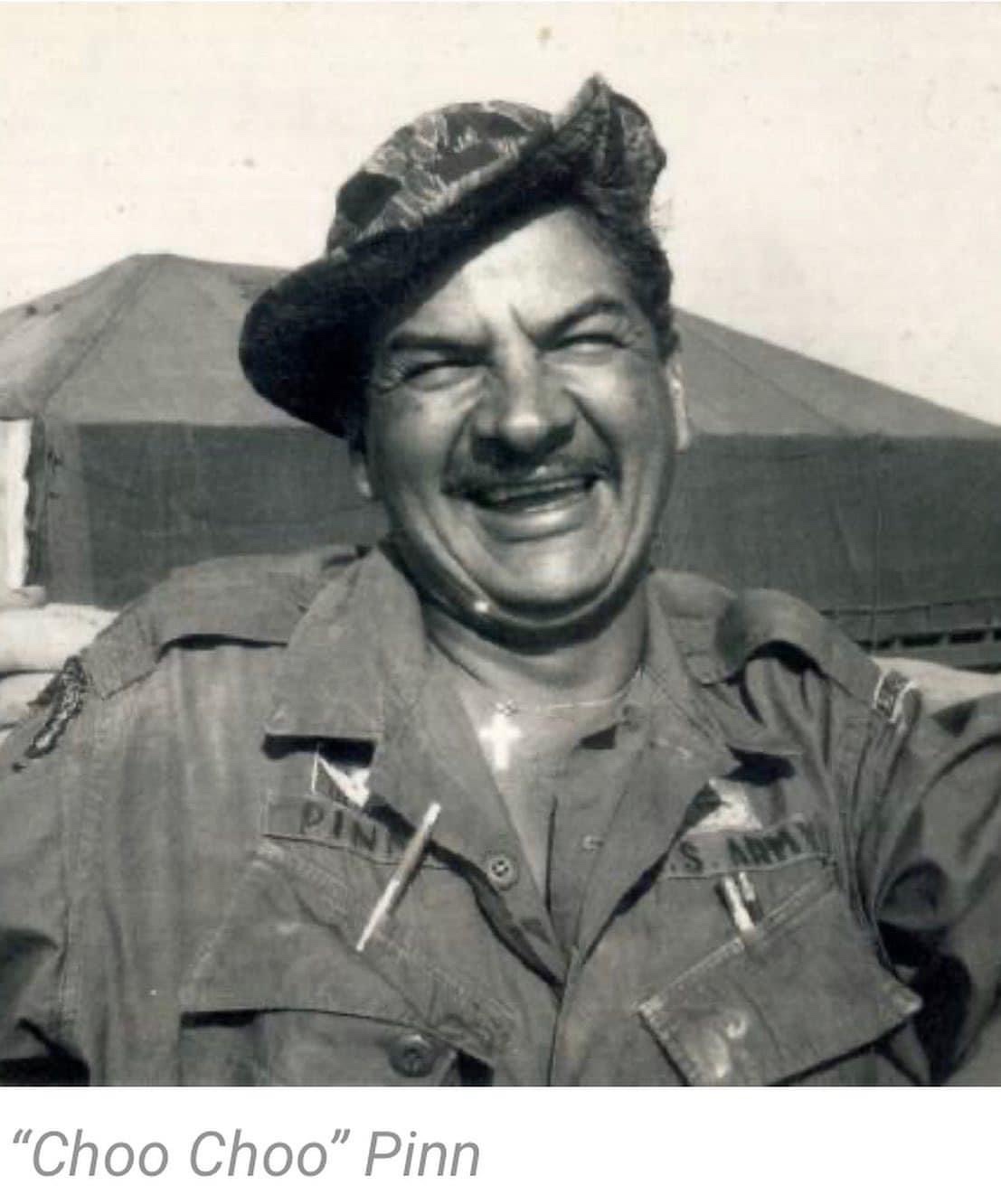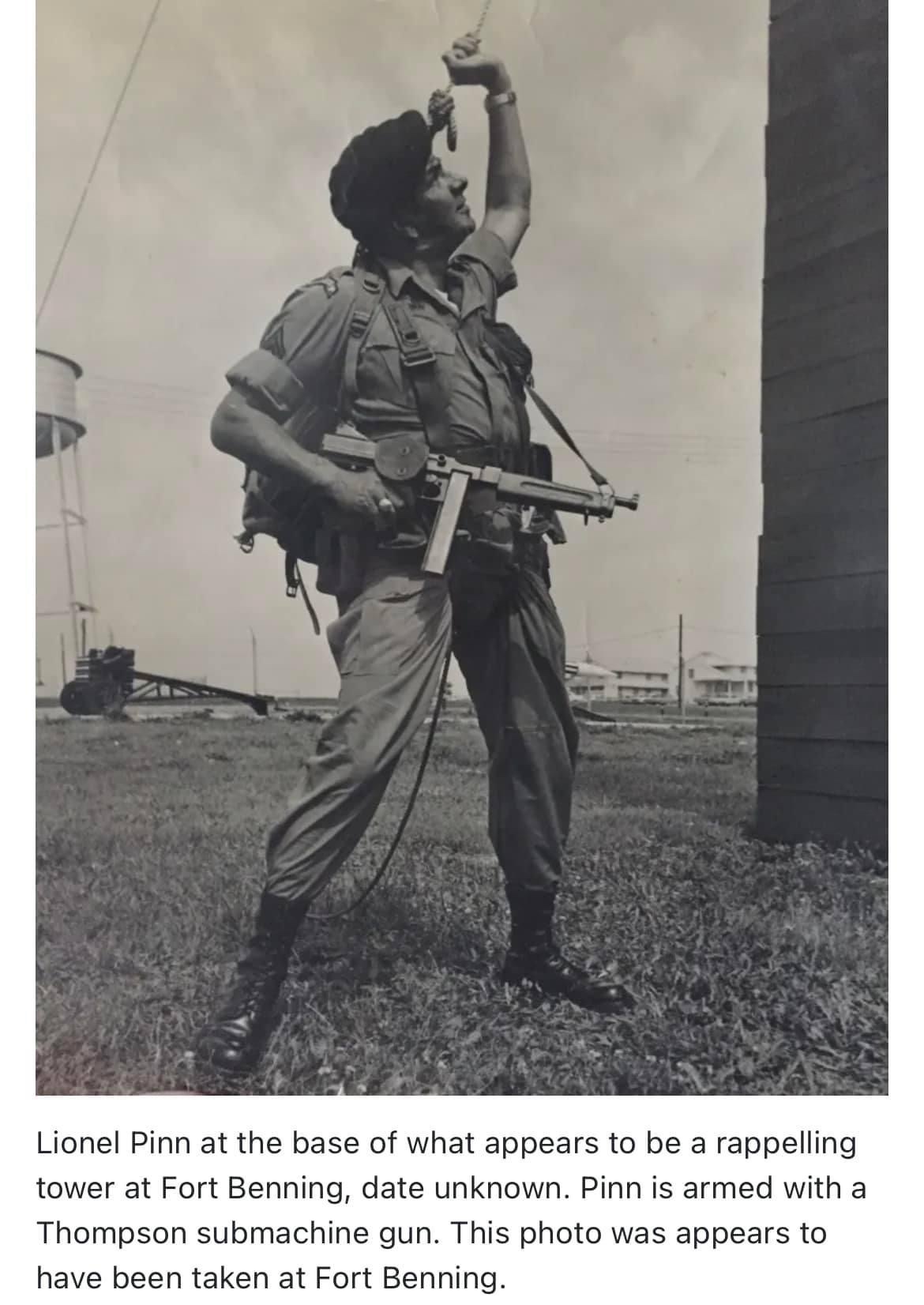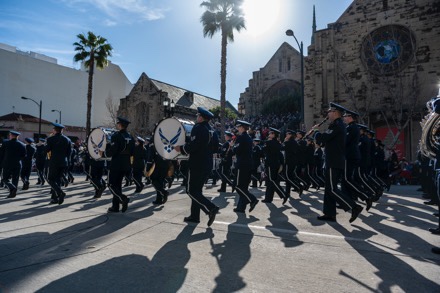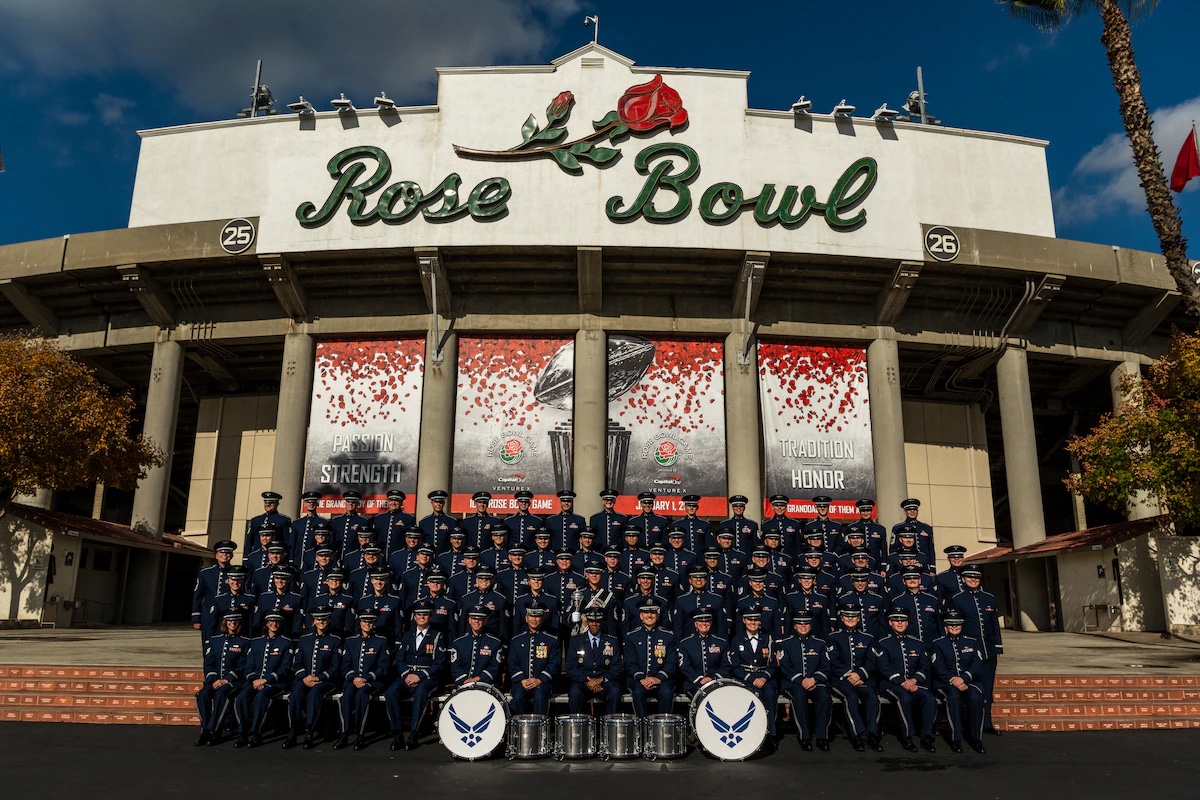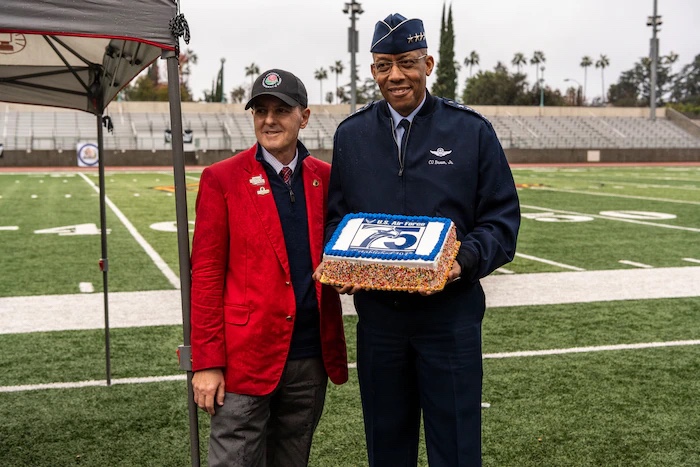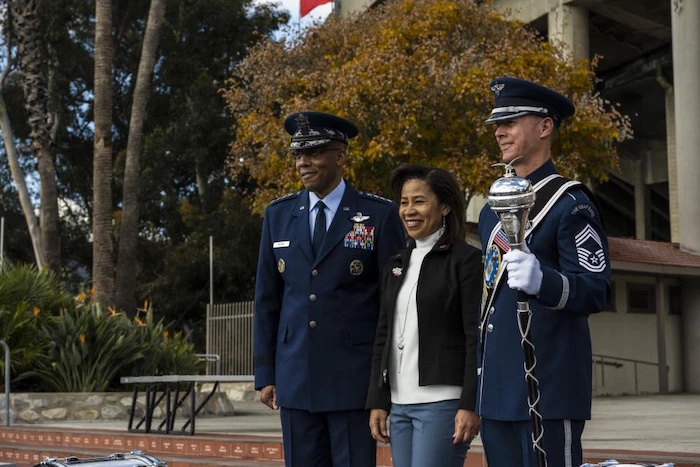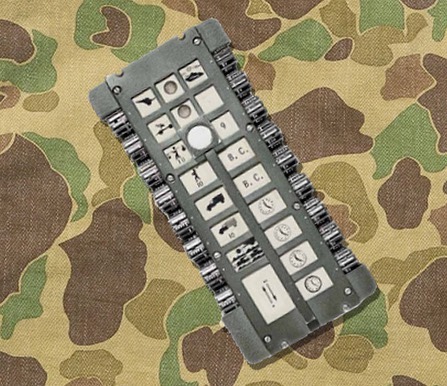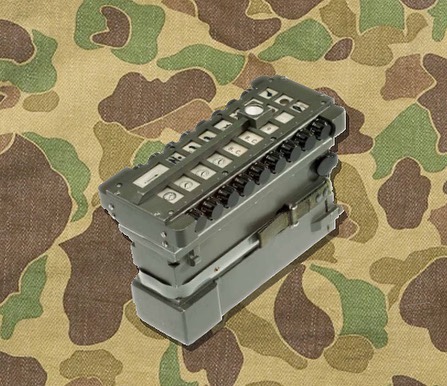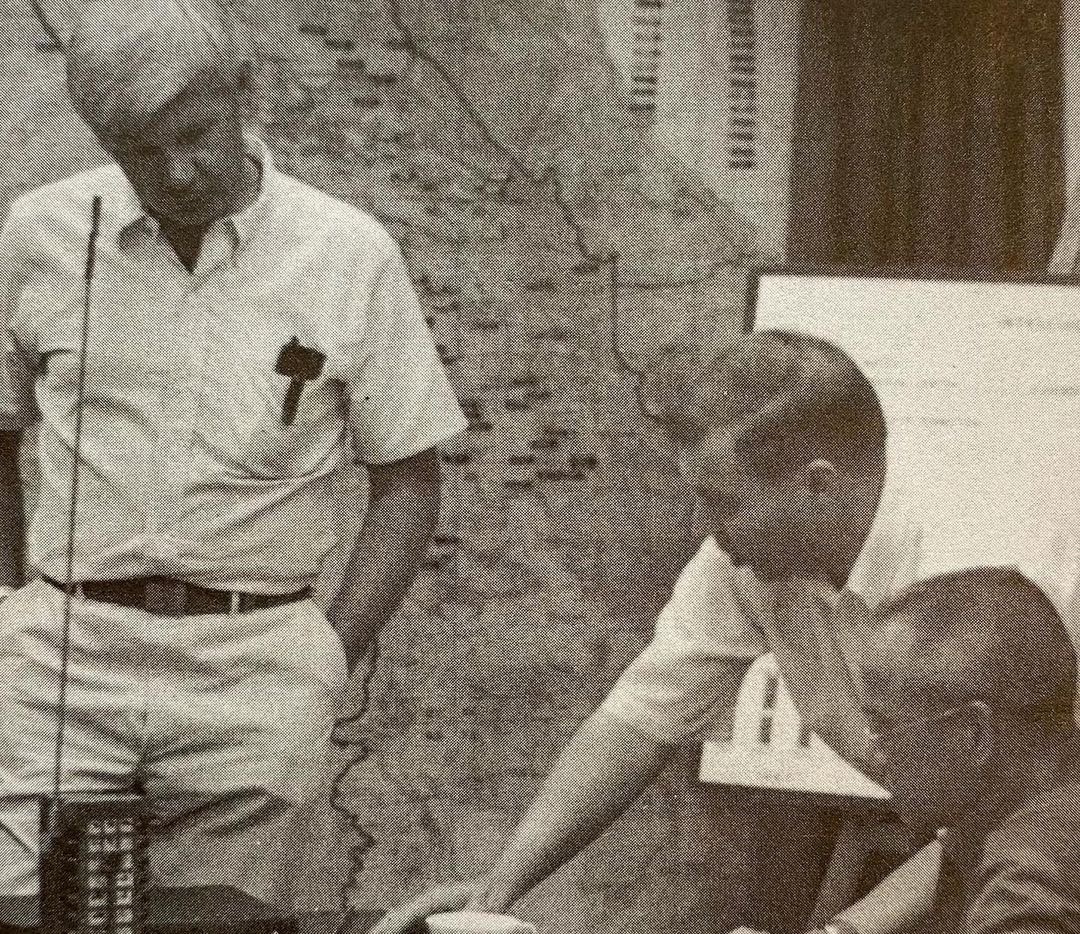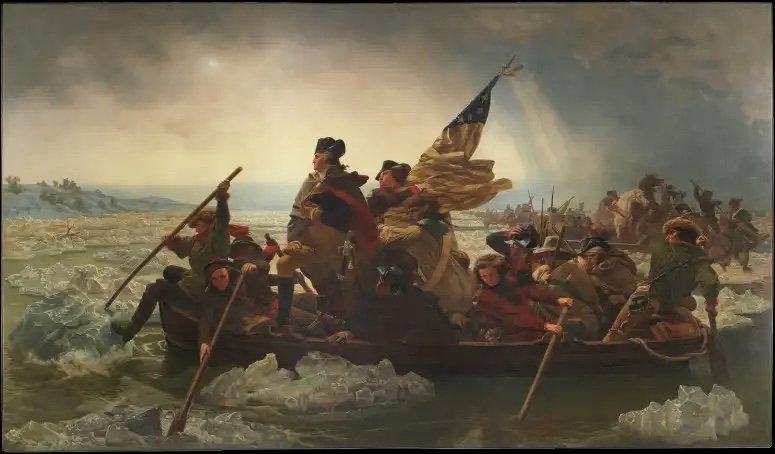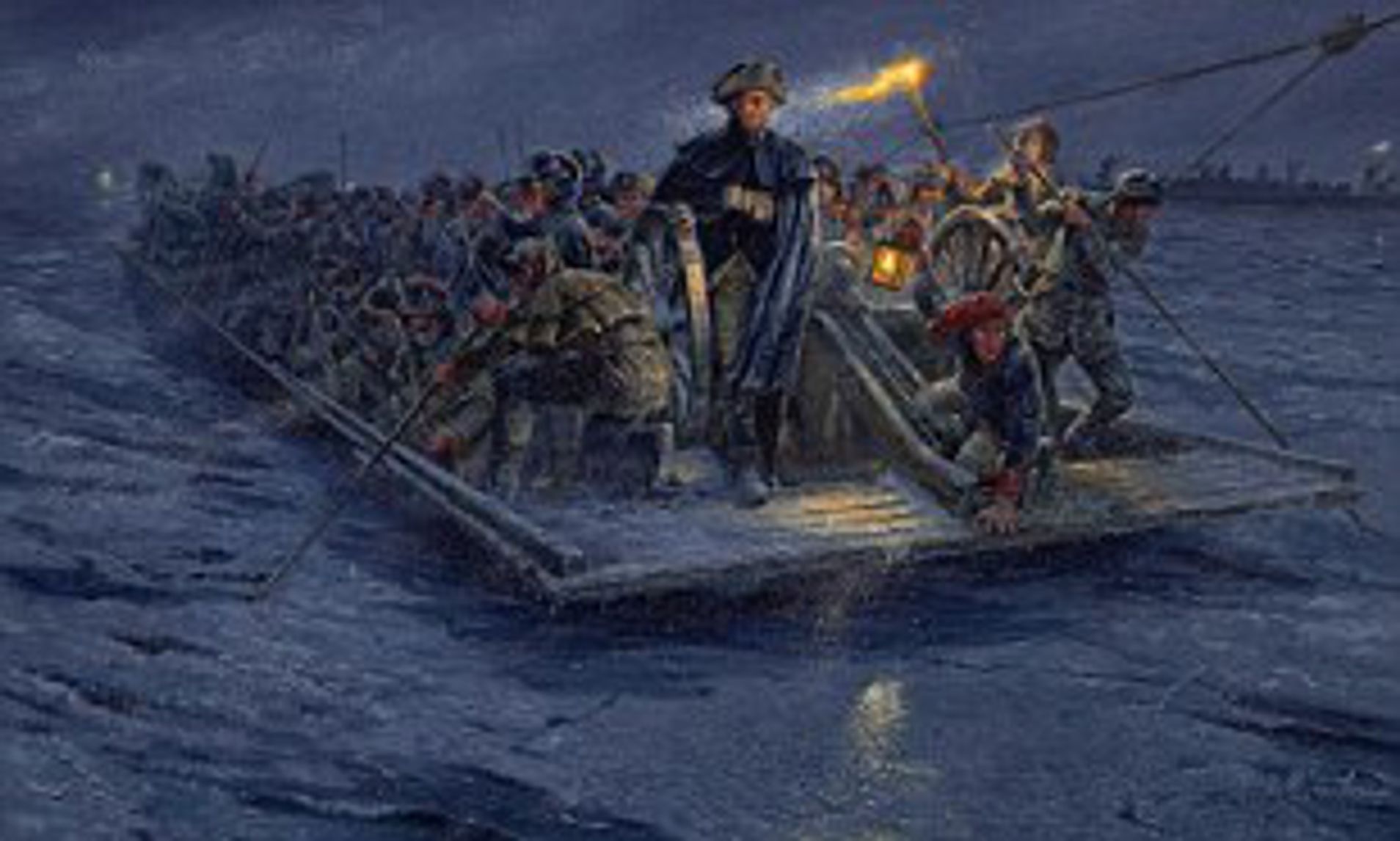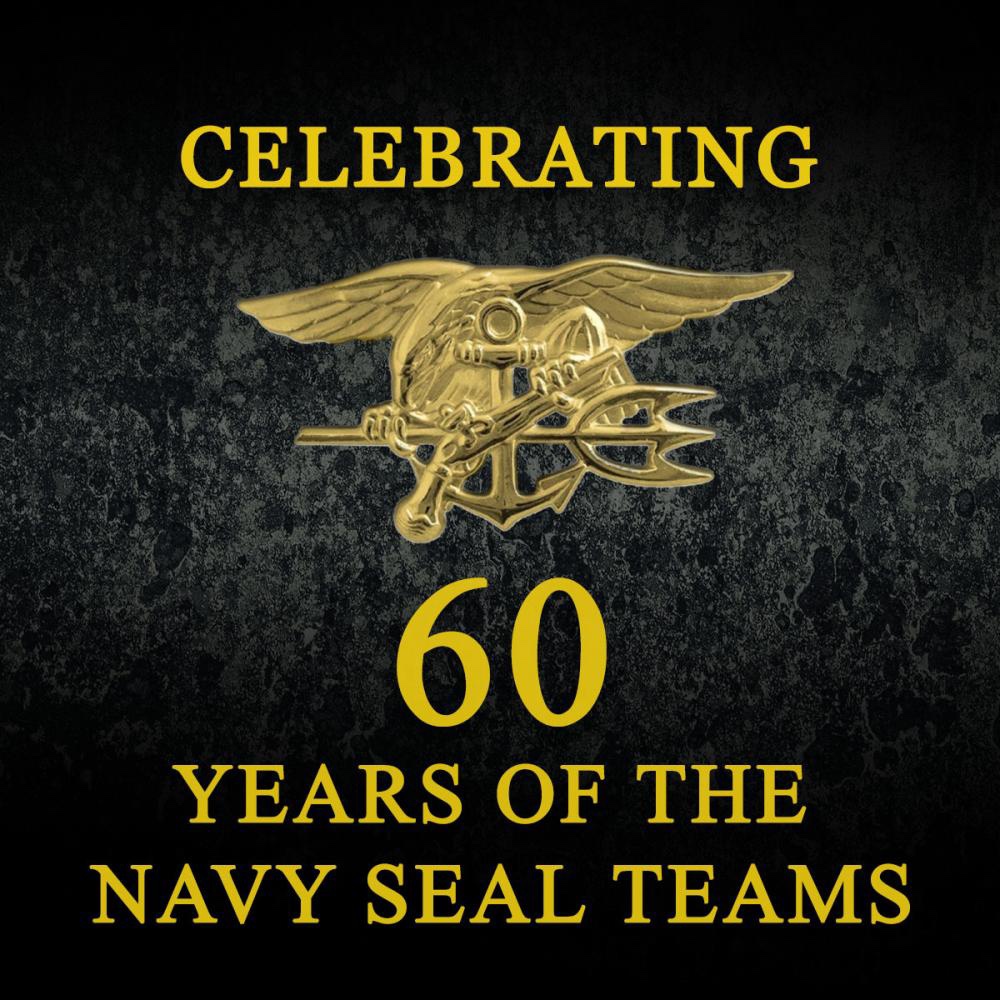
SAN DIEGO, Calif. and NORFOLK, Va. (Jan. 7, 2022) – Naval Special Warfare Command (NSWC) rang in the New Year with a celebration of their own as this month marks sixty years since the establishment of the first SEAL teams.
Recognizing the need for an increase in special forces and unconventional warfare during the Vietnam War, President Kennedy directed the Secretary of Defense to increase and reorient U.S. special forces and unconventional warfare units in a speech to Congress, May 25, 1961.
“Our nation’s Naval commandos celebrate the 60th anniversary of the SEAL teams this week with President John F. Kennedy’s order to establish SEAL Team 1 and 2 in January 1962,” said Rear Adm. H.W. Howard III, commander, NSWC. “We’re reminded of the legacy that set our standard and the heroes whose shoulders we stand upon today.”
Within eight months, preexisting Underwater Demolition Teams provided the manpower required to establish the first SEAL teams at Naval Amphibious Base (NAB) Coronado, California, and NAB Little Creek, Virginia, Jan. 1, 1962. Their mission was to conduct unconventional warfare, counter-guerrilla warfare and clandestine operations.
“As we urgently adapt and innovate to meet new threats and missions of greater complexity and risk, we honor the stewardship, integrity, grit and gallantry that the founding members of our community demonstrated in their service,” said Howard. “In marking this milestone, Naval Special Warfare also celebrates our authentic and timeless team – a team anchored on earned trust, candor, creativity and resilience – a humble team with an ironclad commitment to the nation and all we serve.”
The Naval Special Warfare (NSW) community’s history pre-dates the establishment of the SEAL teams by twenty years. In August 1942, the Amphibious Scouts and Raiders (Joint) and the Special Mission Naval Demolition Unit were established at Amphibious Training Base Little Creek, Virginia, to perform specific missions during Operation Torch – the allied invasion of North Africa – in November 1942.
“Our community is built upon the shoulders of the warriors who came before us,” said Capt. David Abernathy, commodore, Naval Special Warfare Group 1. “The high standards, unique capabilities, strength and diversity found across the NSW community today is a direct reflection of those first SEALs who paved the way.”
Capt. Donald G. Wetherbee, commodore, Naval Special Warfare Group 2, said that throughout the community’s 80-year history, naval commandos engaged in operations from the beaches of North Africa and Normandy, the islands of the Pacific, Korea and Vietnam, Iraq and Afghanistan, to countless other areas of the world – on land and under the sea.
“Today’s SEAL teams, along with other components of Naval Special Warfare, represent a unique ability to access denied environments, providing scalable kinetic and non-kinetic effects that set the conditions to undermine adversary confidence and provide diplomatic leverage in competition, and higher end options in crisis and conflict,” said Wetherbee. “At the same time, the incredible leadership, cognitive attributes and character of our people remain the same as they did from day one of our community’s birth. I’m truly humbled to have the privilege of working with the men and women of Naval Special Warfare every day.”
From Scouts and Raiders, Naval Combat Demolition Units, Operational Swimmers, Underwater Demolition Teams, and the Motor Torpedo Boat Squadrons of World War II to now SEALs, Special Warfare Combatant-craft Crewmen (SWCC) and special development groups, Naval Special Warfare is a complex and humble community who is proud of its warfighting heritage.
NSW commands will celebrate this milestone all year long by hosting events and ceremonies, as well as releasing stories and social media posts that highlight the rich history of SEAL operators to honor NSW’s proud warfighting heritage, give insight into how special operators integrate with the fleet for distributed maritime operations, and highlight the capabilities NSW assets bring to the strategic competition.
Since 1962, Naval Special Warfare has been the nation’s premier maritime special operations force – a highly reliable and lethal force – always ready to conduct full-spectrum operations, unilaterally or with partners, in support of national objectives, and uniquely positioned to extend the Fleet’s reach, delivering all-domain options for Naval and joint force commanders.
For more news from Naval Special Warfare Command, visit www.facebook.com/NavalSpecialWarfare or www.nsw.navy.mil.
Courtesy Story by Naval Special Warfare Command


